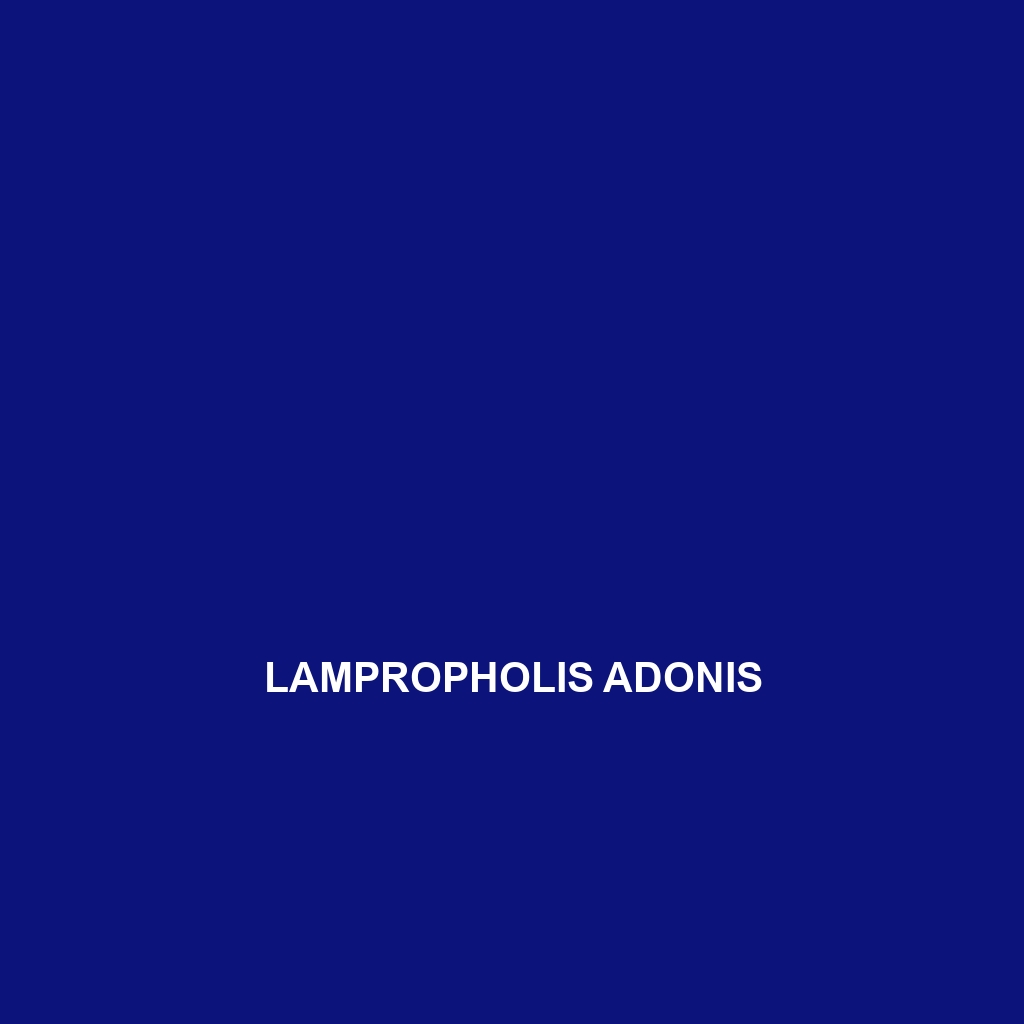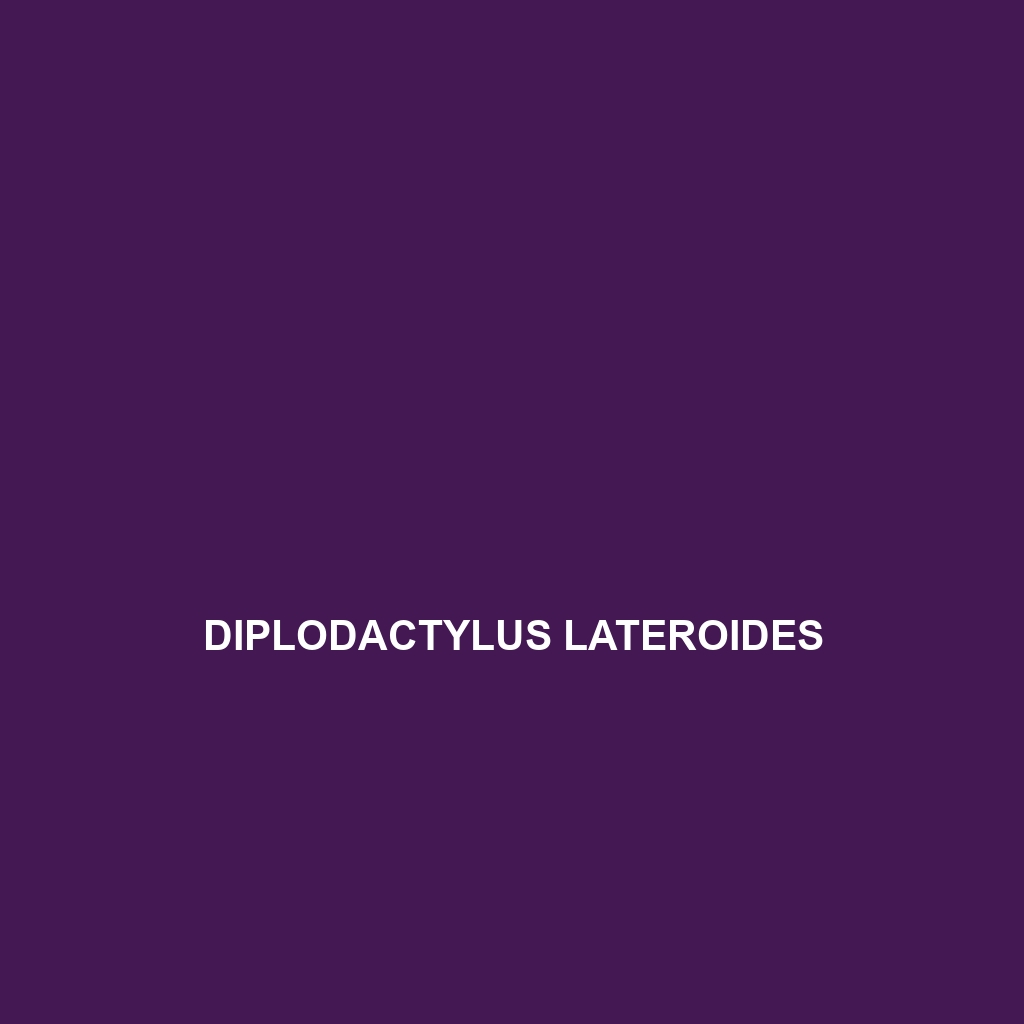<strong>Pseudemoia spenceri</strong>, or Spencer's Skink, is a diurnal insectivore known for its robust, elongated body measuring 15 to 25 cm, with smooth, glossy scales in brown and gray hues. Native to southeastern Australia, these skinks thrive in temperate forests and rainforests, playing a crucial role in regulating insect populations and maintaining ecosystem balance.
Tag: native Australian fauna
Pseudemoia spenceri
<strong>Pseudemoia spenceri</strong>, or Spencer's Skink, is a diurnal insectivore known for its robust, elongated body measuring 15 to 25 cm, with smooth, glossy scales in brown and gray hues. Native to southeastern Australia, these skinks thrive in temperate forests and rainforests, playing a crucial role in regulating insect populations and maintaining ecosystem balance.
Oedura lineata
<b>Oedura lineata</b>, or the striped velvet gecko, is a nocturnal insectivore native to eastern Australia, characterized by its slender body, distinctive brown coloration with darker stripes, and remarkable climbing abilities. This adaptable species plays a vital role in its ecosystem by regulating insect populations and serving as prey for larger predators.
Lerista verhmens
<b>Lerista verhmens</b>, a unique legless lizard found in Australia's subtropical and temperate regions, exhibits an elongated body measuring 20-30 cm, thrives in sandy soils, and primarily feeds on insects. Known for its burrowing behavior and distinct courtship rituals, this species plays a crucial role in maintaining ecosystem balance while being classified as 'Least Concern' by the IUCN.
Lerista ips
The <b>Lerista ips</b>, a medium-sized skink native to the arid regions of Australia, thrives in sandy soils of temperate forests and savannas, showcasing a distinctive flat body with smooth, shiny scales. Primarily insectivorous and nocturnal, this resilient species plays a crucial role in controlling insect populations while exhibiting fascinating burrowing behaviors and minimal parental care.
Lerista ingrami
<p><b>Lerista ingrami</b>, commonly found in the dry sclerophyll forests of southeastern Australia, is a nocturnal, burrowing lizard known for its distinctive brown to grey coloration and reduced limbs, adapted for a fossorial lifestyle. This insectivorous species plays a crucial role in its ecosystem by regulating invertebrate populations and enhancing soil health through its burrowing activities.</p>
Lerista axillaris
Introducing the Lerista axillaris, or axillary skink, a fascinating insectivore native to Australia's arid and semi-arid regions, characterized by its streamlined body, distinctive brownish or gray coloration with stripes, and remarkable burrowing capabilities. This resilient species plays a crucial role in its ecosystem by regulating insect populations and promoting soil health through its burrowing activities.
Lampropholis adonis
Discover the Adonis Skink (Lampropholis adonis), a vibrant insectivorous lizard thriving in Australia and New Guinea's lush rainforests and temperate forests, known for its agility, colorful patterns, and crucial role in maintaining ecological balance. This diurnal species exhibits unique behaviors, such as elaborate mating displays and skilled foraging among leaf litter.
Egernia hosmeri
Discover the Egernia hosmeri, a medium-sized skink native to the temperate forests of southeastern Australia, known for its distinctive dark brown to gray coloration and communal basking behaviors. This flexible omnivore plays a vital role in its ecosystem by controlling insect populations and supporting plant diversity.
Diplodactylus lateroides
Southern Leaf-Tailed Gecko (<i>Diplodactylus lateroides), a slender, nocturnal lizard native to Australia's arid regions, known for its impressive camouflage and climbing abilities. This insectivorous species plays a vital role in its ecosystem by regulating insect populations and serving as prey for larger predators.









